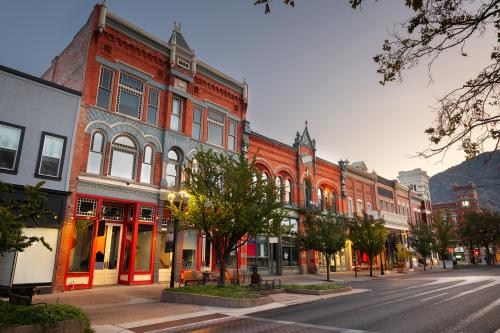For more than two decades, Nepal, a resource-rich, impoverished country wedged between China and India, has teetered between paralysis and upheaval. Its people have witnessed the transition, in 1990, from an authoritarian Hindu kingdom to a constitutional monarchy; the massacre of members of the royal family in 2001 by the heir to the throne; a decade-long civil war between Maoist insurgents and the government that ended in a faltering peace agreement in 2006; and the removal of the monarchy altogether in 2008.
Since the civil war ended, after the loss of more than 16,000 lives, a stalemate has ensued as each party caters to caste, class and ethnic divisions instead of national unity. Many politicians are maneuvering to get their hands on money from foreign aid, tourism and hydropower; even the Maoists have become crony capitalists, reaping large profits for themselves and their ostensibly proletarian party. Meanwhile, the bureaucracy, army and police — historically dominated by privileged social groups that never held them accountable — are becoming even more politicized and corrupt.
Although Nepal is no stranger to crises, the one currently seizing the country risks turning it into a failed state. On May 27, the 601-member legislature, which had been directed to write a new constitution for what is now a democratic republic, missed its deadline for the fourth time since it was created in 2008. Hours before the deadline, after the Supreme Court refused to grant another extension, the Maoist prime minister, Baburam Bhattarai, dissolved the legislature, known as the Constituent Assembly, and scheduled nationwide elections for Nov. 22. Although averting imminent political disaster and violence, the call for elections is unlikely to bring consensus among the self-interested and fractious political leaders, and is quite likely to produce an even more divided legislature.
The Brookings Institution is committed to quality, independence, and impact.
We are supported by a diverse array of funders. In line with our values and policies, each Brookings publication represents the sole views of its author(s).


Commentary
Op-edNepal, on the Brink of Collapse
June 5, 2012